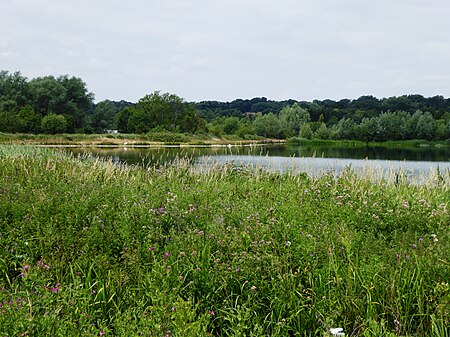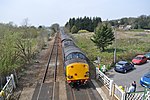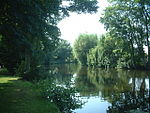Thorpe Marshes
Norfolk Wildlife Trust

Thorpe Marshes is a 25-hectare (62-acre) nature reserve east of Norwich in Norfolk. It is managed by the Norfolk Wildlife Trust.This site has a lake called St Andrew's Broad, which hosts waterbirds such as great crested grebes, cormorants, tufted ducks, gadwalls and grey herons. There are also flower rich marshes, and dragonflies and damselflies inhabit the many dykes.There is access to footpaths through the site.
Excerpt from the Wikipedia article Thorpe Marshes (License: CC BY-SA 3.0, Authors, Images).Thorpe Marshes
Whitlingham Lane, Broadland Thorpe St Andrew
Geographical coordinates (GPS) Address Website External links Nearby Places Show on map
Geographical coordinates (GPS)
| Latitude | Longitude |
|---|---|
| N 52.625 ° | E 1.348 ° |
Address
NWT Thorpe Marshes
Whitlingham Lane
NR7 0QA Broadland, Thorpe St Andrew
England, United Kingdom
Open on Google Maps










